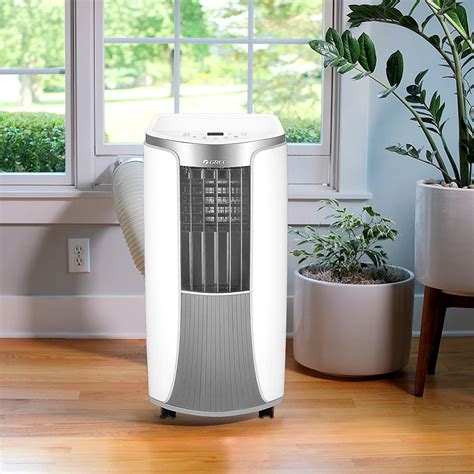Is a Portable AC Unit Worth the Running Expense?
Summer heat can be unbearable, making a portable AC unit a tempting solution. But before you rush out to buy one, it's crucial to consider the running costs. This article will delve into the economics of portable air conditioners, helping you decide if the cooling comfort is worth the price tag on your electricity bill.
How Much Do Portable AC Units Cost to Run?
The operating cost of a portable AC unit varies significantly depending on several factors:
- Unit size (BTU): Higher BTU ratings mean more powerful cooling, but also higher energy consumption. A larger unit will cool a space faster and more effectively, but at a higher cost per hour.
- Energy Efficiency (EER/SEER): The Energy Efficiency Ratio (EER) and Seasonal Energy Efficiency Ratio (SEER) indicate how efficiently the unit converts energy into cooling. Higher EER/SEER ratings mean lower running costs. Look for units with high EER/SEER ratings for better value.
- Climate: In extremely hot and humid climates, the unit will work harder to achieve the desired temperature, leading to higher energy consumption.
- Usage: The more hours you run the unit daily, the higher your electricity bill will be. Strategic use, such as only running it during peak heat hours, can save money.
- Electricity Prices: Your local electricity rates directly impact the overall cost. Higher rates translate to higher running expenses.
Estimating the exact cost is difficult without knowing these specifics. However, a rough estimate for a mid-sized unit (around 8,000-10,000 BTU) running for 8 hours a day in a moderate climate might cost between $0.50 and $2.00 per day, depending on your electricity price and the unit's efficiency.
What Factors Increase Running Costs?
Several factors can significantly increase the running costs of your portable AC unit:
- Inefficient units: Older or lower-rated units consume significantly more energy than newer, energy-efficient models.
- Improper installation: Poor ventilation or insufficient sealing around the exhaust hose can reduce efficiency and increase energy consumption.
- Continuous use at low temperatures: Setting the unit to an excessively low temperature forces it to work harder, resulting in higher energy use.
- Leaving windows or doors open: This allows cooled air to escape, forcing the unit to work overtime.
How Can I Reduce the Running Costs of My Portable AC Unit?
Several steps can minimize the running expenses of your portable AC unit:
- Choose an energy-efficient model: Look for units with high EER/SEER ratings before purchasing. This initial investment will pay off in lower operating costs over time.
- Properly insulate your room: This will help keep the cooled air inside, reducing the workload on your AC unit.
- Use window insulation kits: These help to seal the exhaust hose effectively, preventing cool air from escaping.
- Strategically use your unit: Only run it when necessary, and set the thermostat to a reasonable temperature.
- Regular maintenance: Cleaning the filter regularly improves efficiency and reduces energy consumption.
Are Portable AC Units More Expensive to Run Than Window Units?
Generally, portable AC units tend to be slightly less efficient than window units. Window units are directly installed in the window, minimizing energy loss. Portable units lose some cooling capacity through their exhaust hose. However, the difference isn't always dramatic, and the convenience of portability can outweigh the slight increase in running cost for some users.
Is a Portable AC Unit Worth It?
The question of whether a portable AC unit is "worth it" depends on individual circumstances. Consider these factors:
- Budget: Factor in the initial purchase price and the expected running costs.
- Cooling needs: Assess the size of the space you need to cool and the intensity of the heat.
- Lifestyle: Consider the convenience of portability versus the potential higher running costs.
Ultimately, carefully weighing the convenience, initial cost, and ongoing running expenses will help determine if a portable AC unit is the right cooling solution for you. If your budget is tight and you prioritize energy efficiency, a window unit might be a more cost-effective option. However, the portability and flexibility of a portable unit can be invaluable for renters or those who need cooling in different rooms.

